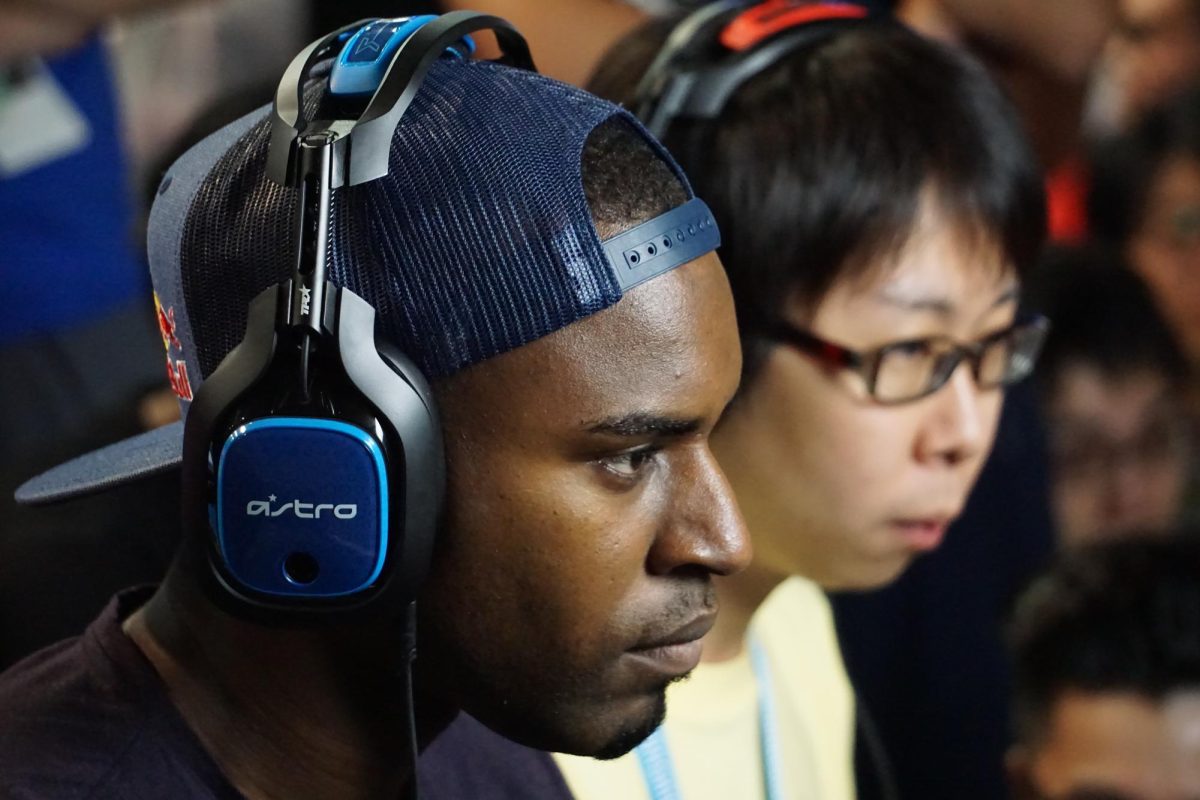SPOILERS for both “GLADIATOR” and “GLADIATOR II”:

@gladiatormovie via Instagram
When the teaser trailer for “Gladiator II” dropped mid-summer, I was determined to watch it when it released Nov. 22. I knew that when “Gladiator” was released in 2000, it was an award winning movie, winning five Academy Awards in 2001, and is beloved by its audiences. It features excellent performances from Russell Crowe and Joaquin Phoenix, the latter who creeps and disgusts audiences with his spot-on impersonation of a tyrannical and twisted emperor. My first reaction was, why would Ridley Scott make a sequel to such a movie that needs no sequel? And why 24 years after the original?
In the span of one week, I watched both “Gladiator” and “Gladiator II”. While at Goodwill, I procured myself a DVD of “Gladiator”, and so on Nov. 23, I watched it for the very first time.
To my surprise, “Gladiator” is not just fighting, blood and violence. At the center is a story that pulls on your heart, a story that makes you shed tears, and a story that never leaves you. As the movie begins, you are introduced to Maximus Decimus Meridius, the esteemed Roman general who is forced into slavery after refusing to pledge his allegiance to Emperor Commodus, the cruel and power hungry son of the former emperor, Marcus Aurelius. He escapes execution, only to find his wife and son murdered by the Praetorians, the emperor’s guard. He is soon forced into slavery and becomes a gladiator, determined to kill Commodus.
Set with an emotional score by Hans Zimmer and Lesa Gerrard to background the film, “Gladiator” pulls on your heart strings, leaving you in tears as you finish the film. Whether it be Maximus finding his family murdered or finally reuniting with his dead wife and son in Elysium, you cannot help but honor him.
Plus, the recreation of the Colosseum is beautiful and for the lack of a better word, colossal. Considering the state it’s in now, it was nice being able to reimagine its sheer size, the crowds and the fights. I was able to notice all the 72 arches with their respective statues, the canvas coverings shielding audience members from the sun and the rooms where they would hold the gladiators. It was almost akin to what I learned about the Colosseum in my AP Art History class.
When you first arrive in Rome, you are taken aback by how blue it is. It’s very cool toned, and very cold, representing the turmoil taking place with the crowning of Commodus as emperor. However, when Maximus is present on screen, it’s very warm-toned, with shades of orange symbolizing his anger and ambition for revenge. Along with that, the violence in this film is not too gory. It’s bloody, yet at the same time it diverts from the blood, not making viewers sick to their stomach.
After my first viewing, I was in awe of “Gladiator” and its story, score, cinematography, and direction. I was truly stumped. Why is there a need to make a sequel? The film ended quite decisively and emotionally, with Maximus finally killing Commodus, finally reuniting with wife and son, giving power back to the Roman Senate, and with his fellow gladiator, Juba, burying Maximus’s figurines of his wife and son where he had died earlier. I was left in tears and a heavy heart.

Now, evermore perplexed, I bought tickets to watch “Gladiator II” on Nov. 30. After nearly half an hour of trailers, the film finally started. The first thing that I was greeted with was the score. With Harry Gregson-Williams taking the reins from Hans Zimmer, the score still is as incredible as before, but with more tension. The opening credits begin with an rather “artsy” depiction of all the characters and events from the film prior, allowing audiences to make sense of what they are looking at while also looking like shifting sand. The story itself takes place sixteen years after the death of Marcus Aurelius, with the tyrannical twin emperors Geta and Caracalla ruling over Rome.
In a quick summary, the movie centers around Lucius Verus, Aurelius’s grandson, who is turned into a gladiator after being defeated by the Roman army led by General Acacius. Lucius, who goes by the alias Hanno, is determined to kill Acacius for killing his wife, and continues fighting ingladiator fights with his anger fueling his fire. Roman politics was much more involved in the story compared to the original, along with much more bloody violence. If I’m being honest, there were parts where I flinched and looked away.

For the big question: is “Gladiator II” better than “Gladiator”? Truth is, it’s not. However, it does hold up to be a good and successful sequel. Cinematically, “Gladiator II” has many beautiful shots, with vibrant colors and landscapes, and lovely close-ups, showing audiences truly how blue
Paul Mescal’s eyes are. The story was interesting, leaving viewers at the edge of their seats, the background score helped to add tension and the necessary drama to every scene, and every actor did a phenomenal job, especially Denzel Washington’s portrayal of calculating and conniving Macrinus. Even though “Gladiator 2” does well in every area of a film, it’s just not the same as the original. Don’t get me wrong, I thoroughly enjoyed “Gladiator II” and how it continues the story of the first film, but it was the first film that made a place in the hearts of many, including the actors themselves. “Gladiator” is an iconic piece of cinema and nothing can take the place of it. For fans of the first film, “Gladiator II” is definitely worth watching.
With the upcoming award season and already two Golden Globe nominations, the success of “Gladiator II” is only beginning. Regardless, the question still stands, is it time to stop releasing sequels and prequels and to start making original films and stories?





















